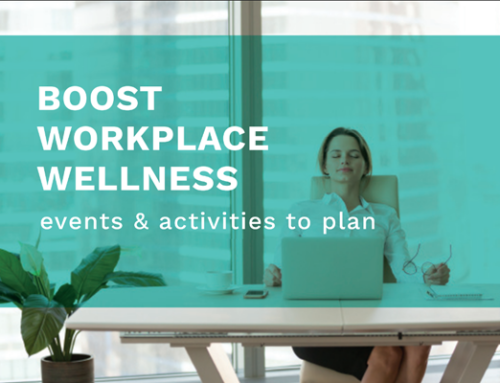Meetings don’t have to be a drag – and they don’t have to drag on.
In fact, if you find yourself dreading meetings at work, it probably means they aren’t very good. Bad meetings make you unhappy. And low morale makes for ineffective meetings.
Also read: The Why’s and How’s of Walking Meetings
Instead of accepting your company’s meeting culture for what it is, you can improve your experience and your outcomes by taking a fresh look at your approach to agendas, tightening a few loose nuts, and binning some unnecessary faff.
Start by looking at the way the items on your agenda are planned and distributed. Appoint a leader for each item on the list. That person will run that section of the meeting, bringing new energy to the room, and dedicated thought and research. It’s a great way to make sure everyone feels they have a voice, too.
Before the meeting, check with your leaders how long they think their section will take to resolve. Then use your own judgment to decide exactly how long you can devote to each topic in the meeting, and add it to the agenda. You can always adjust once you’re in the room, but it’s good for folk to have a sense of urgency.
Your agenda itself is an important document and shouldn’t be an afterthought. In addition to the items and their time allotment, add the purpose of each item – not just its general topic. A good agenda item is made up of active statements, open questions, and quantifiable assessment metrics.
But work on your agenda doesn’t finish once you’ve printed it out.
When you’re gathered around that table, take a couple of minutes to check with everyone that the agenda is as up-to-date as it was when it was written. If important items have since arisen, or there’s stuff in your agenda that now seems mere padding, make the changes before you go any further.
Also read: How To Involve Introverts In Your Meetings
It’s normal in our fast-paced business world for this to be the case.
At the end of the meeting put some time aside to assess how it went before you disperse. What did you do that was new and worked? Which parts of the meeting held you up and how can you avoid the issue next time around?
Great. You’ve figured out how to improve your meetings, and keep on improving them. For a step-by-step guide to use next time around, check out this ace new infographic from The Business Backer.
![[Infographic] Nine Steps To More Pleasant Meetings](https://149362086.v2.pressablecdn.com/wp-content/uploads/2018/06/Infographic-Nine-Steps-To-More-Pleasant-Meetings.png)





Leave A Comment